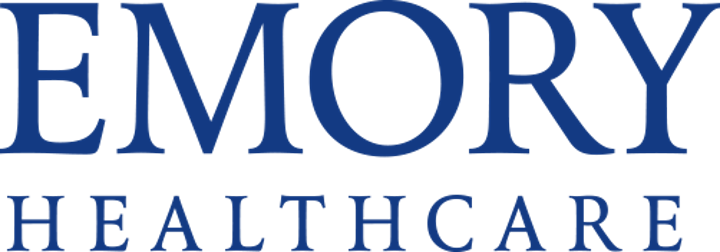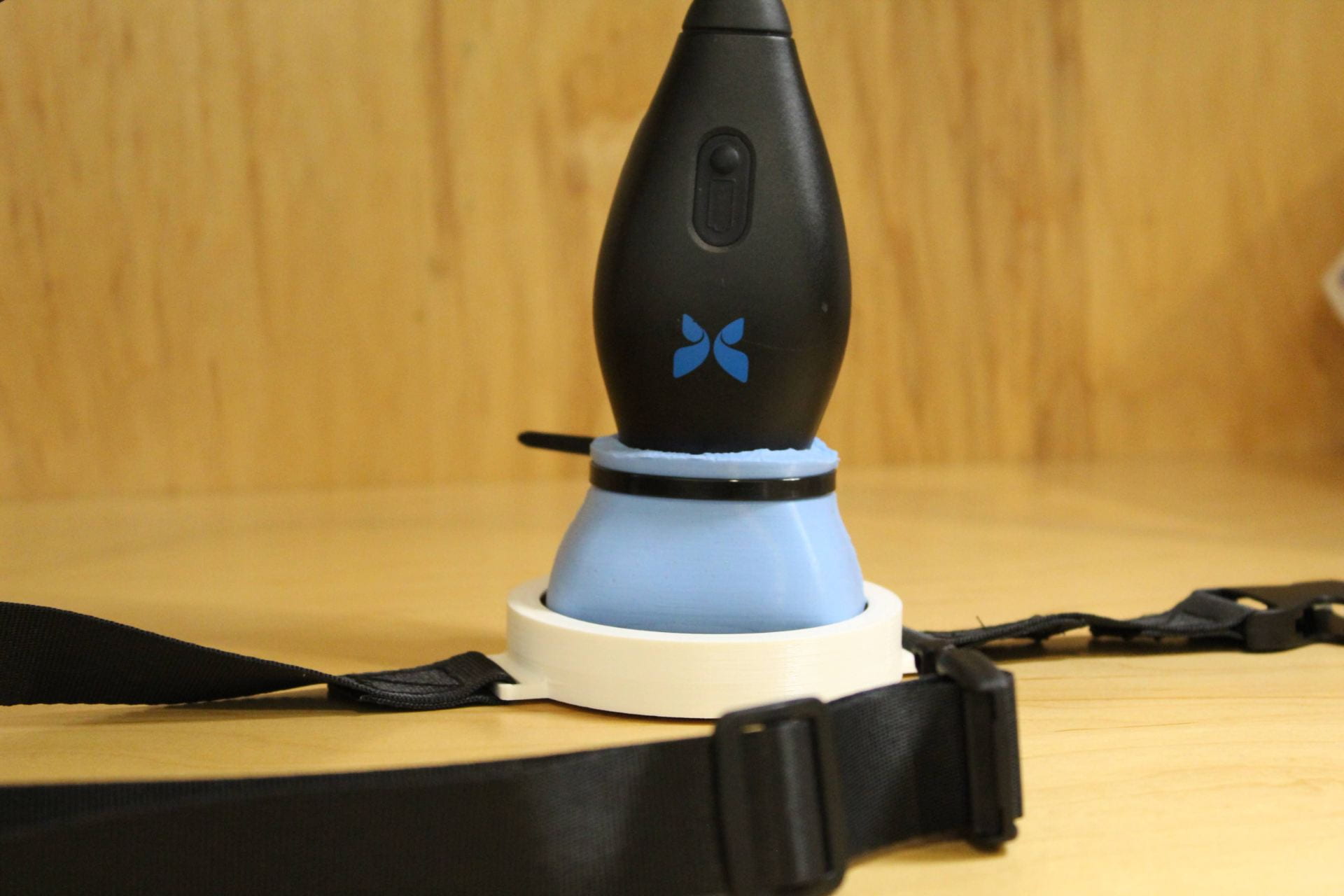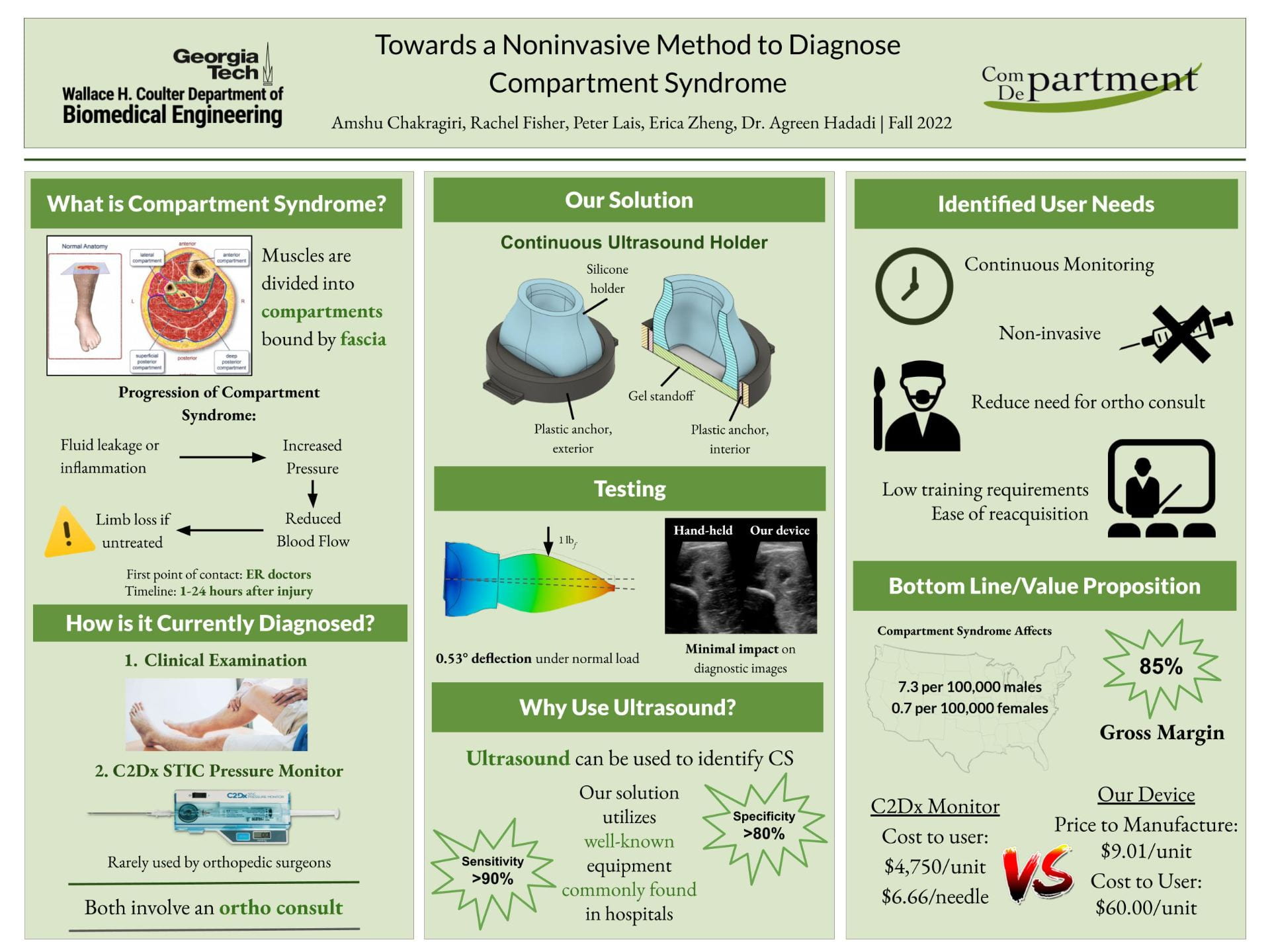Compartment Department
Under Pressure: Towards a Noninvasive Method to Diagnose Compartment Syndrome
Project Description:
About 1 in 10 Americans suffer a traumatic injury every year. A small portion of these patients develop a serious complication known as compartment syndrome. Compartment syndrome is characterized by a buildup of pressure in a muscle compartment that has suffered trauma and is highly time-sensitive, with heightened risk of limb amputation if left untreated for 8 hours. The procedure to alleviate compartment syndrome involves a deep incision into the affected compartment and can lead to long rehabilitation periods. Furthermore, the clinical signs of compartment syndrome can vary between patients, presenting a challenge to emergency physicians who may not have much prior experience with this condition. As such, emergency physicians need a tool that provides a fast, accurate, and objective measurement that can help them accurately diagnose compartment syndrome.
The current gold standard for intracompartmental pressure monitoring, the Stic Intracompartmental Pressure monitor, commonly known as the Stryker needle, relies on a needle-based manometer that is inserted into the compartment of interest and produces a one-time pressure reading. This device is associated with several problems: it requires experience to use properly, it is often misplaced, and it does not provide an easy method of continuous compartment pressure monitoring, all which lead to its failure and disuse in a practical setting.
Through research, we discovered that ultrasound can be used as a noninvasive technique to identify compartment syndrome with a high sensitivity and specificity. Compartment syndrome can develop up to 24hrs after an injury, therefore there is a need for longitudinal monitoring.
Compartment Department has developed Compartment Companion to allow emergency physicians to measure compartment pressure longitudinally using ultrasound. Our device enables emergency physicians to secure the various ultrasound probes found in the emergency department to the skin above an affected compartment and obtain continuous measurement to evaluate intracompartmental pressure.



